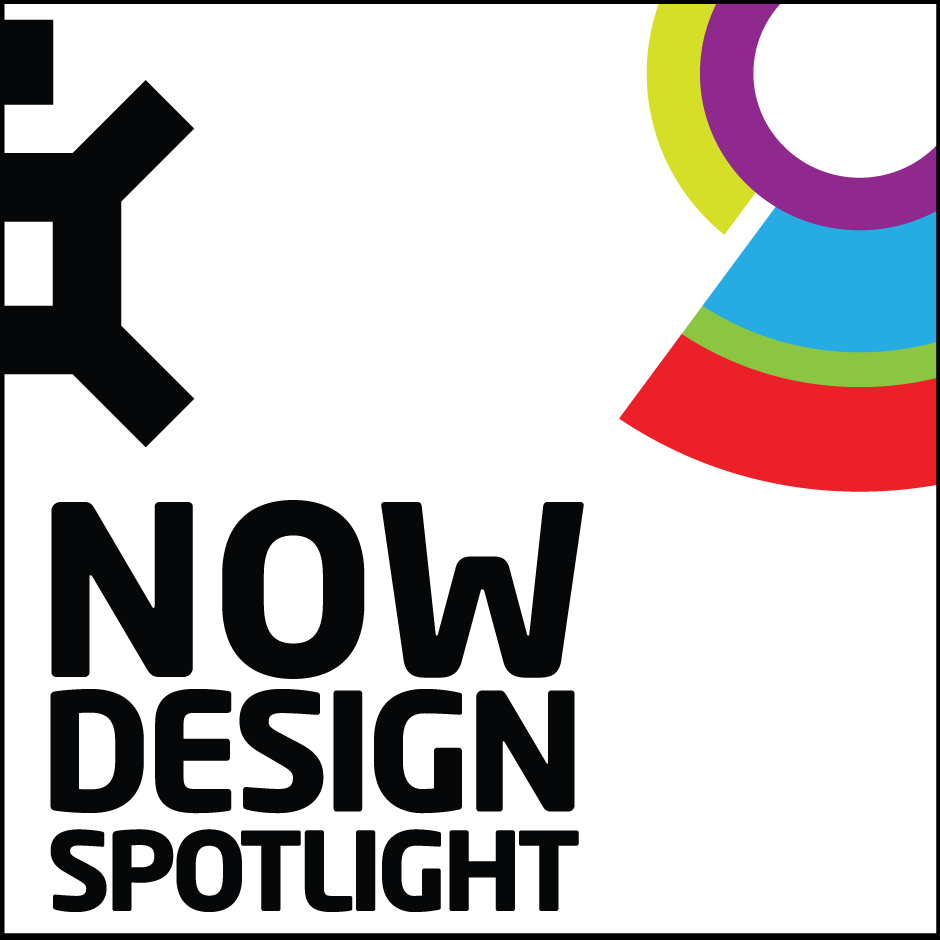




Image Credit : The Great Bubble Barrier

Project Overview
A Dutch startup have found and developed an elegant solution to stop the plastic pollution from entering our oceans: Bubbles.
Organisation
Team
Francis Zoet, Saskia Studer, Anne Marieke Eveleens, Philip Ehrhorn, Lotte Spaargaren, Floris Steenland, Erwin Schuitemaker, Geert Koemans, Sonja Fortuin, Sandy Reitsma, Lotte Bont, Erik Seleky, Simon in 't Veld, Ren Coppens
Project Context
Every minute, the equivalent of one full garbage truck of plastic trash is dumped in the sea. That is 1440 trucks per 24 hours and in total 8 billion kilos per year. With 80% of those plastics coming directly from land. The Bubble Barrier creates a barrier stopping plastics from flowing past, but it also allows fish and ships to pass through the barrier unimpeded.
Plastic waste is being dumped in our waterways, where it brings great harm to the environment – including human beings. Aquatic animals get tangled in plastic, microplastics pose a health risk from the smallest to the largest organisms and ships suffer damages. This increasing problem is recognized by different institutions worldwide, such as the United Nations, Ellen McArthur Foundation and the World Health Organization. The Great Bubble Barrier have designed a solution that intercepts plastics in rivers and canals before it reaches the ocean.
Project Innovation
We create a bubble screen by pumping air through a tube with holes in it, which is located on the bottom of the waterway. The Bubble Barrier creates an upwards thrust, which brings waste to the surface of the water. By placing it diagonally in the waterway, the Bubble Barrier uses the natural current to guide the plastic to the catchment system at the riverside. Both ships and fish can pass the Bubble Barrier, but plastic will be stopped.
Besides the capture of debris, the Bubble Barrier has other positive side effects. Oxygen levels within the water increase by a Bubble Barrier, which stimulates the ecosystem and stops the growth of toxic blue algae. As bubble screens absorb sounds and waves, fish and shores experience less harm from the ship traffic.
Now, municipalities and water management boards can tackle the plastic problem in their waters. They have a sustainable solution for their responsibilities to maintain the water quality. They can save costs of cleaning up manually – either on a regular basis or after flooding.
Drinking water companies ensure that their drinking water sources remain free of plastic particles. The removal of smaller plastics in the drinking water chain is not yet feasible, so it is crucial to prevent plastic in the sources.
Nature parks can also place a barrier to prevent plastic pollution in nature reserves. In addition, the Bubble Barrier has other positive side effects due to air input. Oxygen levels within the water increases by a Bubble Barrier, which stimulates the ecosystem and stops the growth of the toxic blue algae.
User Experience
In the fall of 2019, the first Bubble Barrier was implemented which will remain in place for a long period of time in the capital of the Netherlands: Amsterdam! This Bubble Barrier was installed by The Great Bubble Barrier at one of the outlets from the canals into the IJ. With this the Bubble Barrier will prevent Amsterdam canal plastic from flowing into the North Sea. This is a global first in the fight against plastic pollution.
The Bubble Barrier in the Westerdok is strategically placed to be able to stop as much of the outflow of plastic from Amsterdam’s city center as possible. The Bubble Barrier complements the garbage boats of Waternet and also catches plastic in the weekends and evenings, 24 hours a day, 7 days a week.
The Bubble Barrier does not only collect plastic on the surface, but also under the water surface. The rising bubbles of the Bubble Barrier create an upwards current which brings the plastic to the surface of the water. Due to the diagonal placement in the waterway, the Bubble Barrier uses the natural flow to guide the plastic to the collection system at the river side.
Amsterdam Clean Water was entered into a long-term program of 3 years, aimed at structural changes in waste management in relation to the waters of Amsterdam. The aim of the program is to reduce the amount of waste which ends up in the canals and the IJ every year.
The collected waste of the Bubble Barrier will be investigated by the Plastic Soup Foundation.
Social and Community-Oriented Design - Systems
Social design applies a design methodology and intervention to tighten the social fabric that holds us together. Addressing issues of social inequality, such as poverty or social isolation, social design is the pathway to a more just and sustainable society. Community-oriented design is a human-centered and participatory design practice that emphasises the betterment of local communities through the improvement of public facilities, equipment, identity and experience.
All systems are designed to serve a purpose – and that purpose is to serve people. Systems design optimises systems performance by systematically focusing on the human component - human capacities, abilities, limitations and aspirations.
More Details


